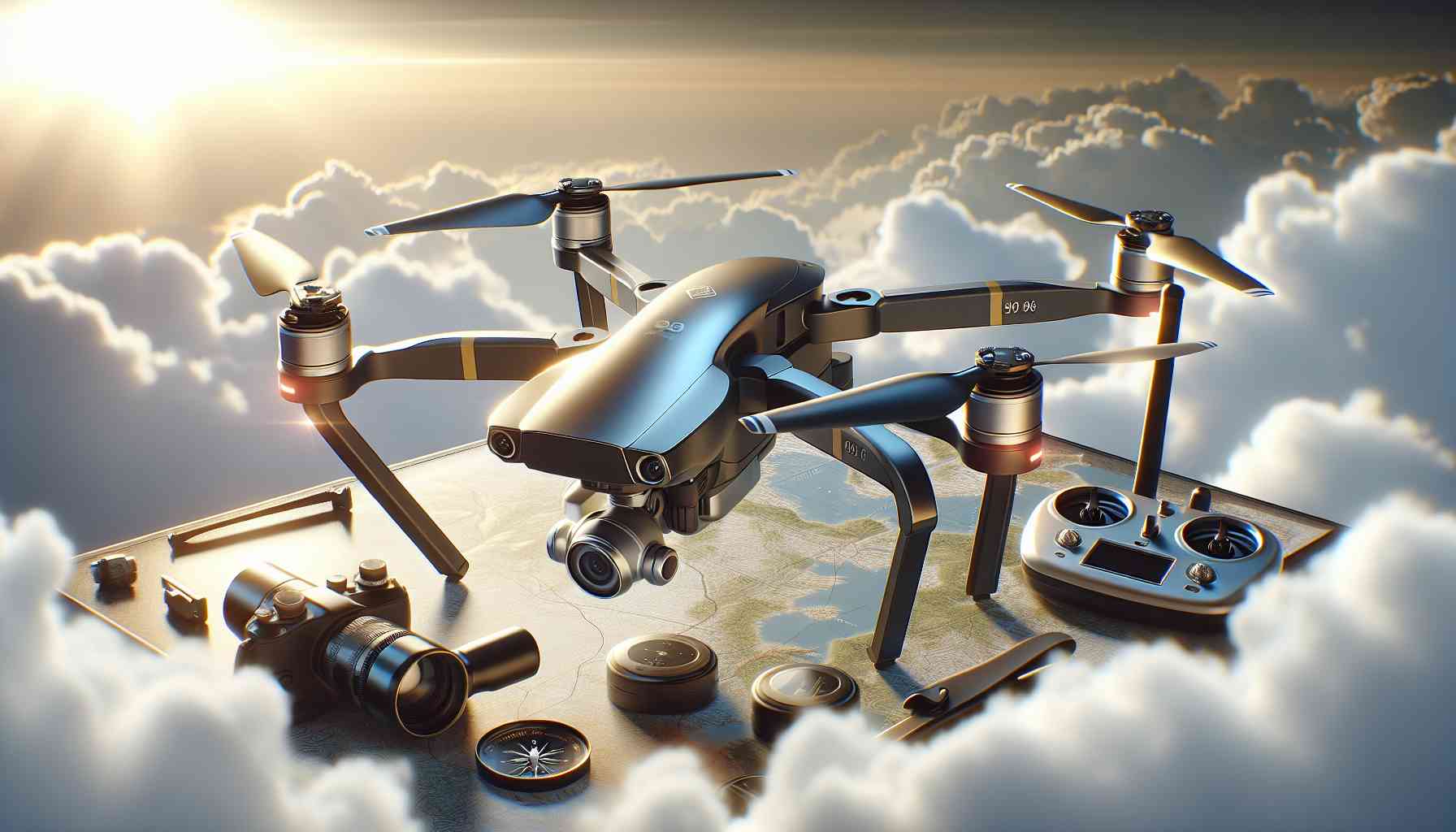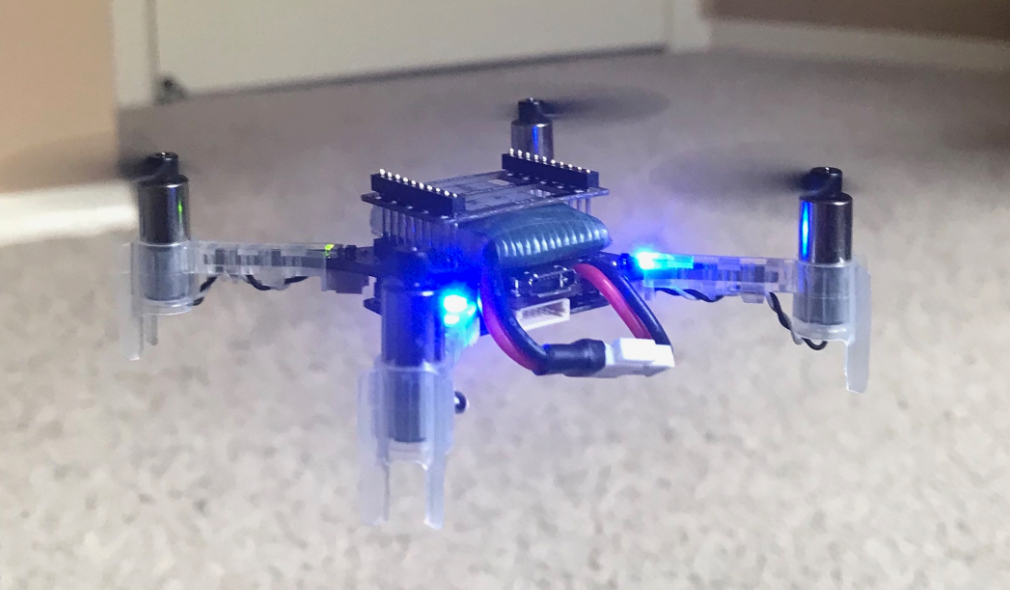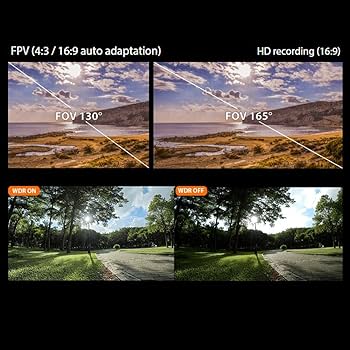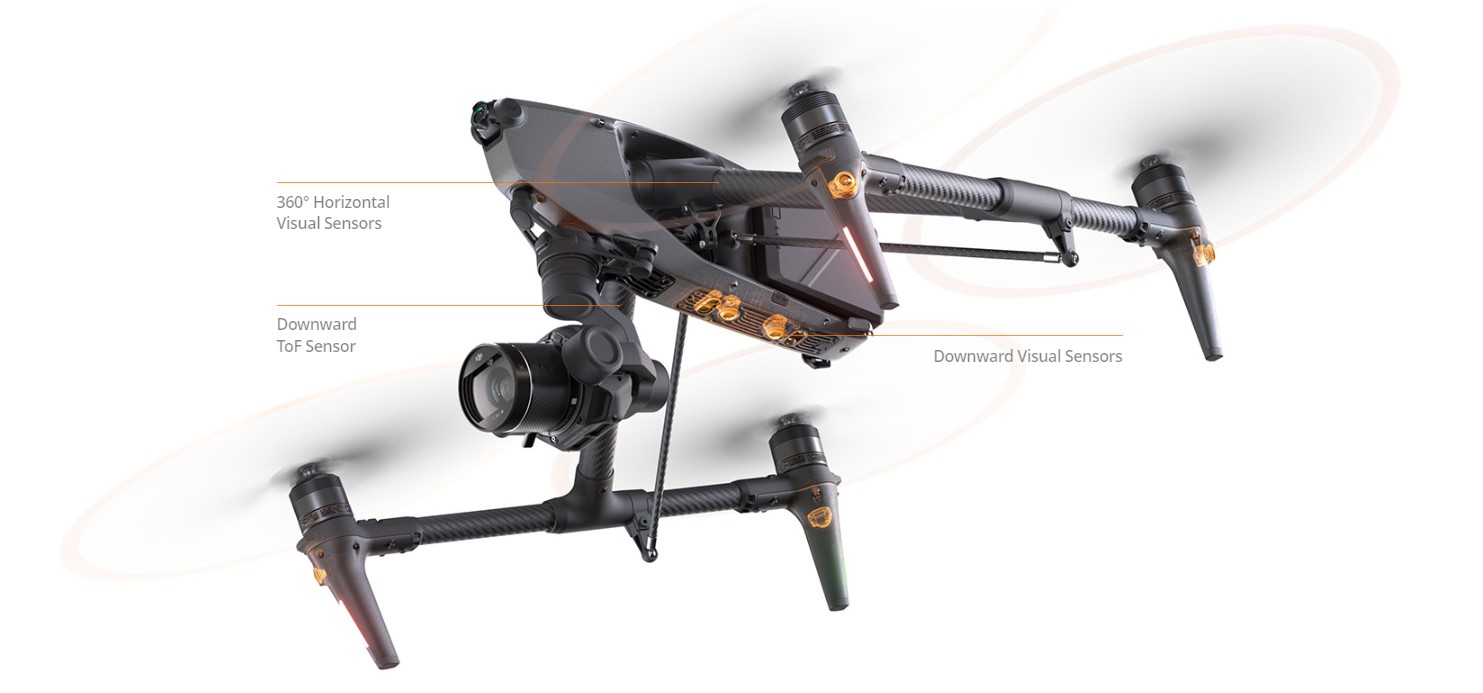
The world of drone technology has seen remarkable advancements in recent years, with drones becoming essential tools for various industries and enthusiasts alike. One crucial
The world of drone technology has witnessed rapid advancements, and one of the most critical components in any drone’s camera system is the sensor. The

In the realm of aerial photography and videography, the drone camera sensor serves as the critical eye capturing breathtaking vistas, revealing intricate details, and providing

The world of drone technology has seen remarkable advancements in recent years, with drones becoming essential tools for various industries and enthusiasts alike. One crucial

The world of drone technology has witnessed rapid advancements, and one of the most critical components in any drone’s camera system is the sensor. The

As the drone industry continues to soar to new heights, the battle between CMOS (Complementary Metal-Oxide-Semiconductor) and CCD (Charge-Coupled Device) sensors rages on. These two

In the realm of aerial photography and videography, the drone camera sensor serves as the critical eye capturing breathtaking vistas, revealing intricate details, and providing

The world of drone technology has seen remarkable advancements in recent years, with drones becoming essential tools for various industries and enthusiasts alike. One crucial

The world of drone technology has witnessed rapid advancements, and one of the most critical components in any drone’s camera system is the sensor. The

As the drone industry continues to soar to new heights, the battle between CMOS (Complementary Metal-Oxide-Semiconductor) and CCD (Charge-Coupled Device) sensors rages on. These two




